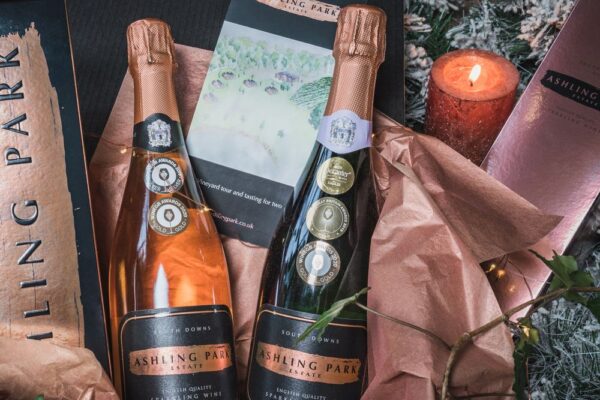To explore the prevailing wind of the latest travel destinations is one thing. To unpick the essence of luxury travel and hospitality, to unravel the nature of what a whole new generation of high-end holidaymakers are seeking, and to understand what is driving the shifting sands of travel trends is something else entirely.
To gain a deeper and more profound insight into the lay of the land of travel and hospitality in 2023 and beyond, The Review – represented, as always, by Managing Editor Peter James Robinson and Lifestyle Editor Benjamin Norris – sat around the virtual table with a cross-continental gathering of industry stalwarts and mavens alike. Wolf Worster of Siretti, whose portfolio of luxury villas regularly grace our pages and whose understanding of the travel desires of the luxury set are second to none, joined us alongside Susan Doull (founder of Commendable Rentals LLC), Jayne McCaw (founder of Jayne’s Cottages) and Roberto Pinto of Rentals Tulum.
Representing multiple facets of the contemporary travel industry and deeply entwined in the world of opulent getaways, stunningly appointed villas, jungle retreats and cultural hubs, our conversation traversed borders and delved deep into a fast-changing industry.
Peter James Robinson: One’s definition of luxury private accommodation is largely personal and dependent on the individual’s tastes and proclivities. That doesn’t mean there shouldn’t be standards and benchmarks, of course.
For me, luxury is about privacy, personalisation and exclusivity. It’s cocktail hour being observed without fail each evening at Villa Cassinella on Lake Como. It’s indulging in the freshly baked cakes at the Heinz Julen Loft in Zermatt before landing at Bond winery for a tasting with Max Kast. It’s notoriously hard to quantify in the wider sense, and especially without an exacting and agreed standard.
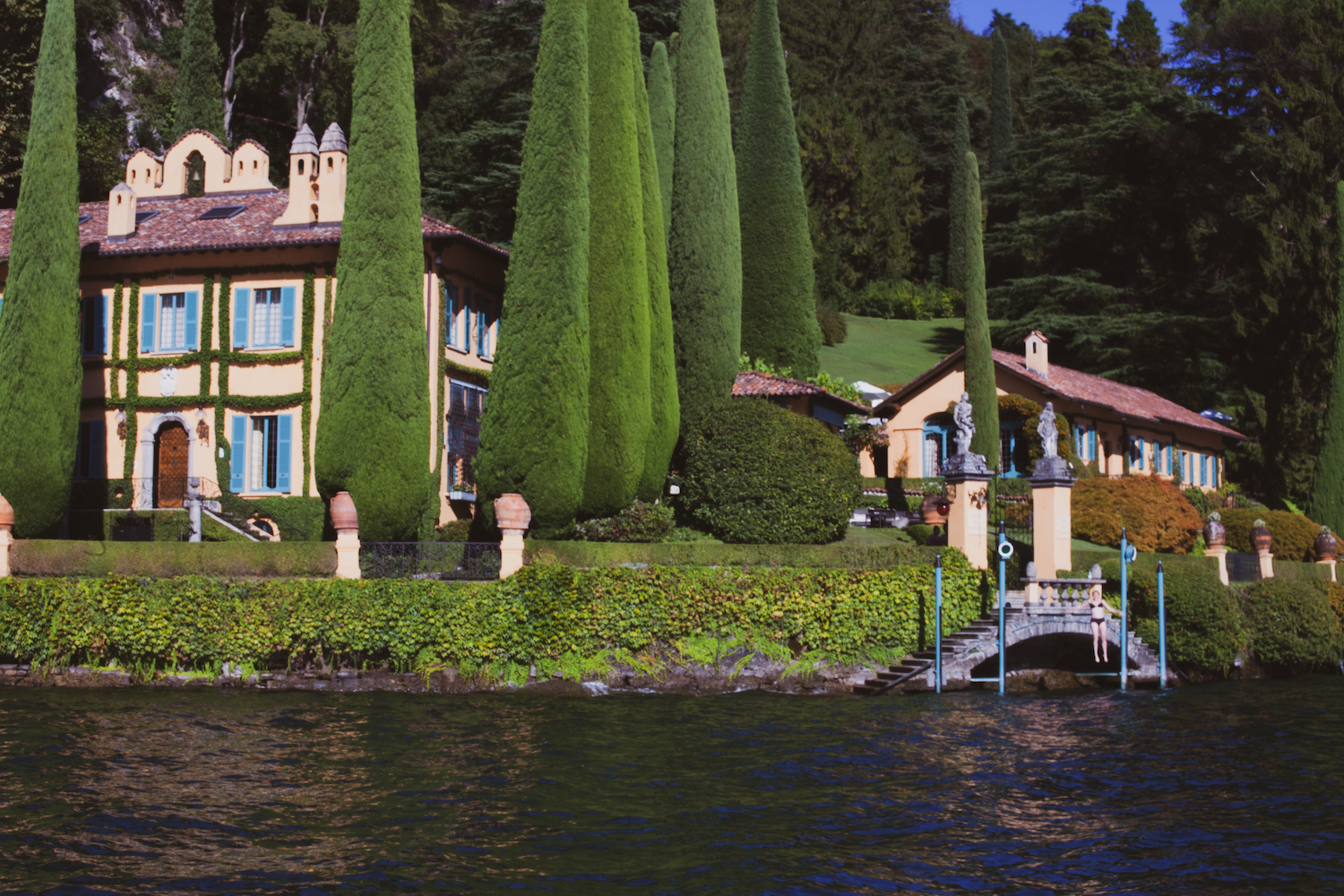
Nicky from the top stair at Villa Cassinella, Lake Como. September 2015
Wolf Worster: The last time this came up, I was talking to Max – the founder of Le Collectionist. Location of course is key; these are big-picture locations such as Mykonos, Marbella and Saint-Tropez.
Next would be the standards of operation. That’s the service, the booking process, the arrival and departure, the communication between the house manager or property management staff, housekeeping and post service. The third and final feature is the physical characteristics of the home; the furnishings and the private outdoor spaces. Those are the three main areas that Sirreti considers to be most important when considering a property.
READ THE FEATURE IN THE CILLIAN MURPHY EDITION HERE
Roberto Pinto: In my case, it’s worth pointing out that our properties are extremely remote. As you said, Wolf, the location is really important. However, for us there’s the sustainability of the property to bear in mind. The privacy of a beachfront jungle location is unrivalled, but that remote geography means having to provide local power off-grid, in order to ensure the same levels of high service and the luxury amenities guests expect. For instance, maintaining an air conditioning system that’s bordered by the jungle on one side and the beach on the other, whilst being sensitive to the ecology of the location, is a great example of luxury.
Jayne McCaw: I associate luxury with a decrease of stress levels and an increase in safety. It’s going into the Four Seasons hotel in a busy spot, and knowing that you are going to be taken care of. At my properties, I like the idea that I have a couple of staff with big smiles and uniforms, well groomed and attentive. The guest arrives and they know they are in capable hands in case anything goes wrong. It’s like flying business class; you just get that higher level of service. Luxury to me is also as much in the service and support as it is in the physical presence. Of course, the properties and presence is expected – it’s the top tier of the market.
Susan Doull: I like the word ““cushioned’” to describe luxury, both figuratively and literally. When you walk into a place, you want to feel welcomed in a way that makes you feel – as Jayne said – secure. I would say comforted physically. The staff will always be key of course; a great smile still goes a really long way. It’s always crucial that the guests feel important to the staff looking after them. Location, character, quality and decoration are also crucial, of course.
Peter James Robinson: In terms of the service levels and requests from guests post-covid, are you seeing any emerging trends?
Susan Doull: I think it’s definitely changed people’s mentality. Before Covid, most of our places were not fully staffed. Covid moved people from luxury hotels and into rentals, and then they came with the same mindset. So now, our clients expect more staff, more comfort, more hotel-grade services as the two come closer together. It’s not a new idea, but it’s a trend we’re seeing grow exponentially post the pandemic.
Wolf Worster: I totally agree with you, Susan. A lot of the new luxury villa and chalet market is those clients coming from hotels and resorts. I hate to say it, but thanks to Airbnb for the years of pushing our industry. They’ve made it such an accepted form of accommodation now.
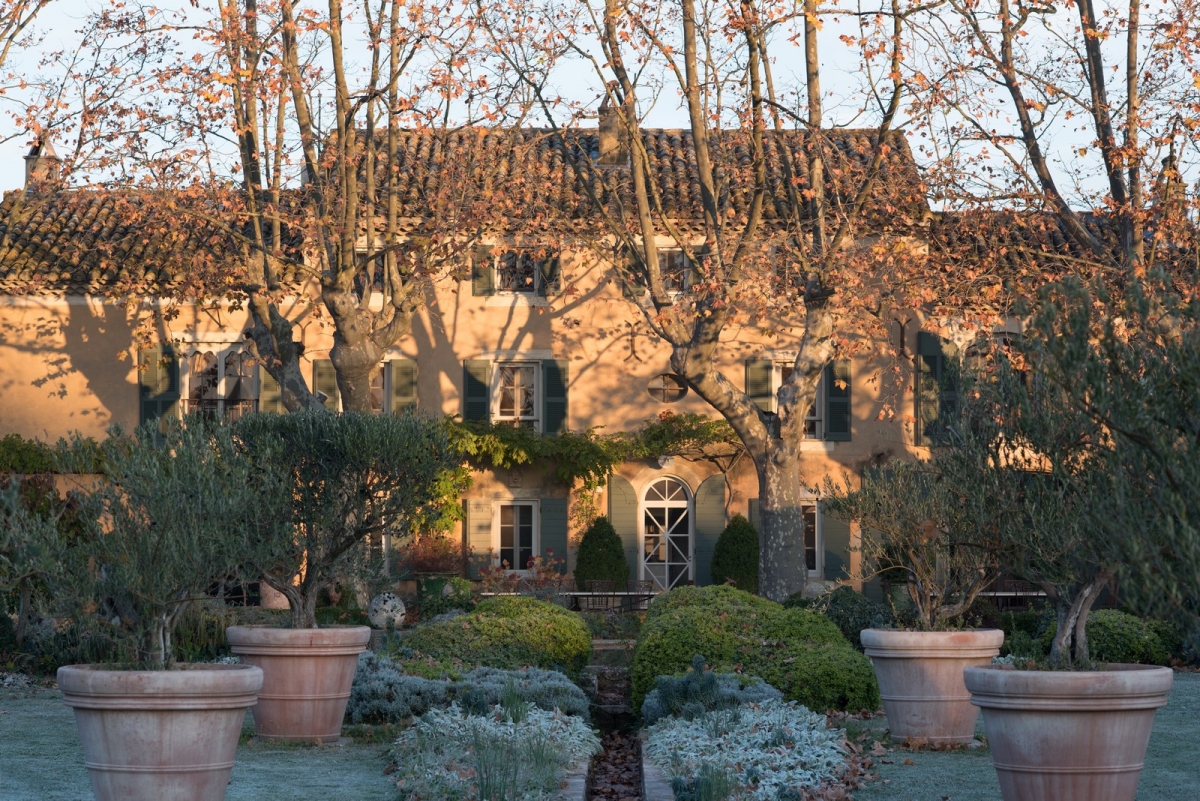
Peter James Robinson: In terms of staffing levels, are you finding more guests are opting to bring in their own teams or looking to reduce people on the ground?
Susan Doull: I find that clients are asking for more concierge services instead. In fact, we’re almost doubling our revenue as a result of concierge services, and so it’s become a central part of the service offering as needed.
Benjamin Norris: Is that to do with the fact that luxury is less about staying in the interior and more about having a base to explore experiential travel? Rather than holding oneself up in that luxury accommodation and embracing that cushioning, as you said, but balancing that with the ability to go out to restaurants and the beach or the jungle, or being able undertake more of these experiential excursions?
Jayne McCaw: I agree with you. I think that since Covid, people want to live life as fully as they can, so we are getting concierge requests for big ticket items. I also think that maybe people are doing bucket list trips right now, as budgets are increasing and people are spending a lot. I’ve certainly noticed that the people that are going for concierge services are going big.
Roberto Pinto: I totally agree with everybody on the concierge front. We have a full concierge team on the ground to create an exclusive experience. Clients want an experience, not just another luxury holiday. For us, the concierge is key to that and ensures the level of service.
Peter James Robinson: Are we seeing the increase in concierge service requests across all client demographics and timezones?
Wolf Worster: We have a data team, and we’ve identified that it’s definitely a much younger market than was the case even five years ago. Definitely younger, and specifically from the Americas. The 25+ rather than the 35+, and while we don’t know where the disposable income is coming from for that age group, that’s what our research is revealing now.
Jayne McCaw: I also think the 25+ demographic spends more money on average than other demographics. Our audience is getting younger, but I would say our market is 40s with families as opposed to the 60s with the grandparents. It also tracks that the older the clientele are, the more demanding they can be. Young families, once they arrive, are pretty happy for the most part.
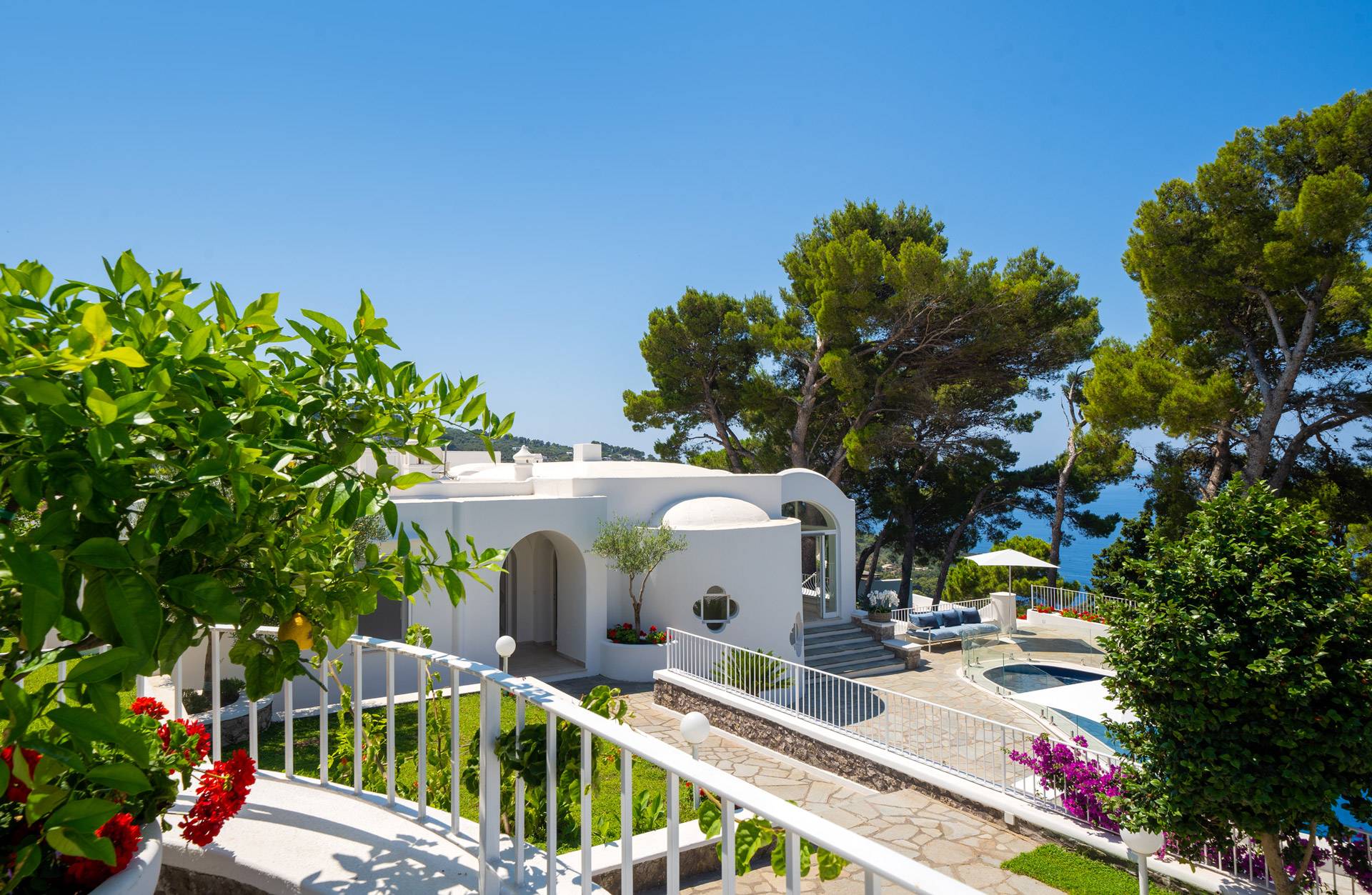
Benjamin Norris: We could compare the market shifts to luxury yacht charter. There’s been some very interesting changes within that industry, in that the audience (against all expectations) is getting younger. The locations and the itineraries for sailing charter have shifted considerably, however. Whereas older generations owning or chartering had their established destinations – Monaco and Antibes, for example – now we’re seeing the younger generation heading out to Antarctica. It’s quite the generational shift and rather an exciting time for the yachting side of the travel industry, and not to mention the amount of new marinas and turnkey luxury properties for owners or guests.
So Jayne’s point very much stands. The younger clientele are just spending in different ways. It’s often the same new or old money as there was 30 years ago, but instead of investing in property and real estate, it’s being used in pursuit of the experiential.
Susan Doull: I have two different audiences. The larger properties still tend to attract multigenerational family holidays where people get together. The audience hasn’t changed that much, but I also have smaller private properties for two to four people, and they tend to be a lot younger. Not quite so experienced or sophisticated, and perhaps those exploring Europe for the first time. They need a lot of hand-holding, but they love the experience and want to try and do everything.
Peter James Robinson: As always, we’re following the chain from wealth creation to generational distribution closely ourselves. Are the same service levels expected from the younger audience demographic?
Roberto Pinto: When the younger – let’s say Bitcoin – client travels with us, they make it clear from the outset they’re looking for ‘Instagram Spots’. They ask the concierge for these locations quite specifically in some cases, and so we plan and style their stays based on their needs. That tends to be the key for that market and it’s really fun for us, so we’ve gone so far as to create specific lists and itineraries too.
Peter James Robinson: Do you find that the individuals and brands that come to film or shoot stills engage and discuss their creative intentions and campaigns with you? Or is it a combination of the commercial influencer who’s entirely public, and the private individual sharing amongst a social group but can afford to purchase using existing means?
Jayne McCaw: It’s a really good point, because we’re approached by people who are already booked with us with sizable social media followings. If they’re well targeted to our market we’ll always try to do something really special, and we do tend to get good press from it. It’s about experimenting with what works.
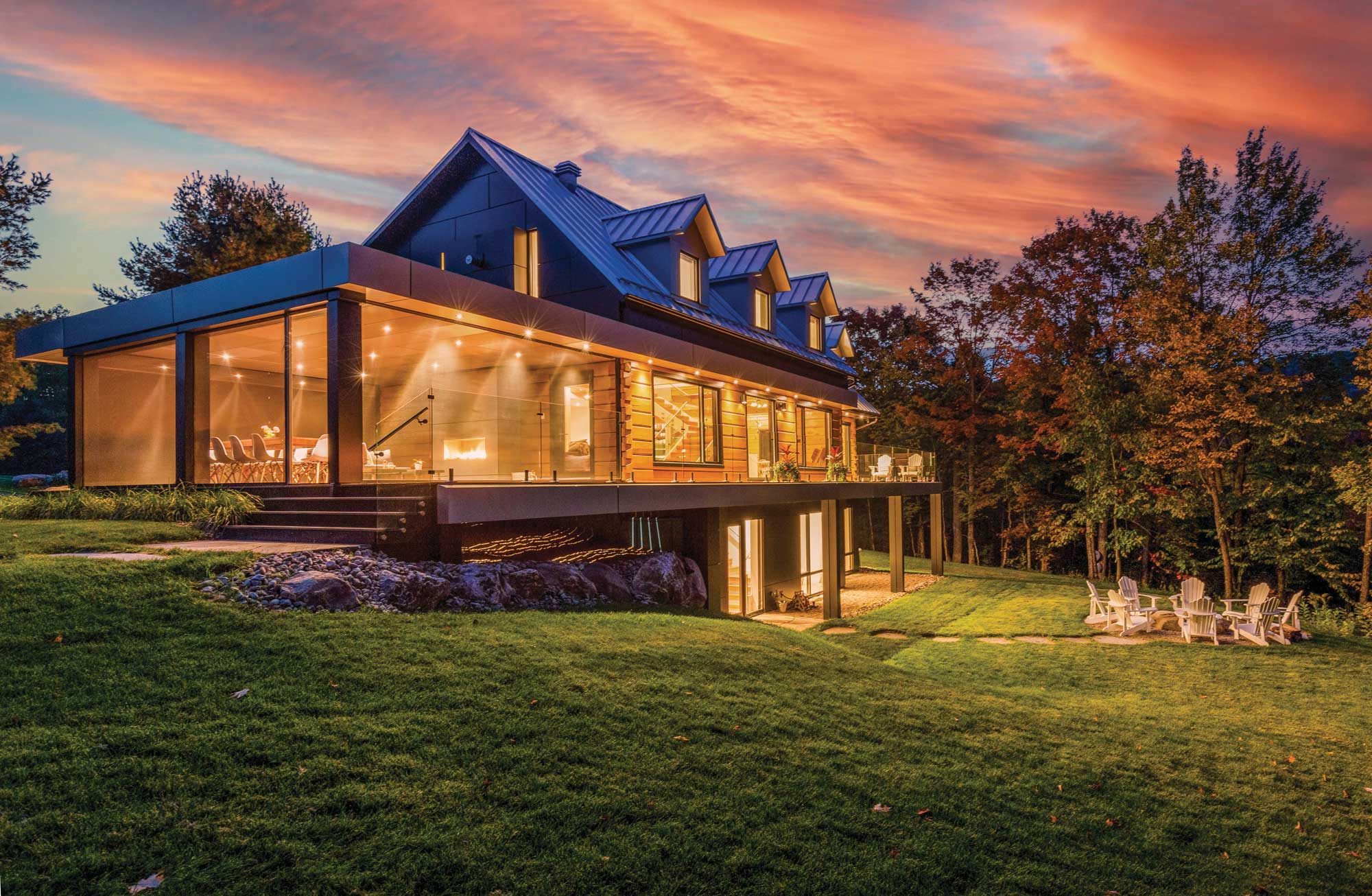
Susan Doull: In some cases we sadly cannot work on that basis, as some owners – as you’ll all know – simply do not want the interior elements of their home made public. These tend to be the old character properties, though, where the owner requests that the approach be discreet. In many cases, it’s because luxury homes tend to be fitted and furnished with luxury products, so there’s a security element too.
Benjamin Norris: Going back to our previous point about definitions of true luxury, discretion was always very high on that list. Perhaps that’s been eroded a little by the social media generation, who are more happy to put everything out there. It’s an interesting shift.
Jayne McCaw: We collaborate with a lot of media companies for high-end dramas and reality shows, and it’s really down to the owners and their personal preferences. Sometimes it’s appropriate, sometimes it’s not.
Wolf Worster: Peter and I have talked about this for a while; how brand collaborations can benefit a property, both in terms of exposure and shared IP on the created material.
Peter James Robinson: When we’re scouting for locations for shoots we’re always aware that it will come down to the owner’s discretion, especially if they’ve never thought to use a property as a film location before. It’s lucrative of course, which does tend to weigh the scale in favour. My scouting list is always fairly lengthy, and so in that vein, is anyone seeing any new emerging destinations or a return to old favourites?
Susan Doull: We’re focused on key locations, so we aren’t seeing great shifts. However, we’ve moved out into more remote properties which is very popular in Italy, as it disperses tourism. There’s less damage on cities and on overpopulated areas, and we like that a lot. All over Italy there are these little villages that have almost died as the local population move out to more populated areas. So these beautiful old villages are being bought up as investments and turned into hotels. It’s a really valuable thing from a sustainability standpoint, and so we’re going to start adding to the portfolio from that pool.
Peter James Robinson: Sustainability is an interesting question – both in terms of guest footprint and in terms of the wider tourist industry. I came back from Prague last week, and again for the first time, expecting empty streets and beautiful architecture. It’s rammed. The tourism industry is having a huge impact.
Wolf, in terms of your demographics, are you seeing a shift in where travellers are coming from?
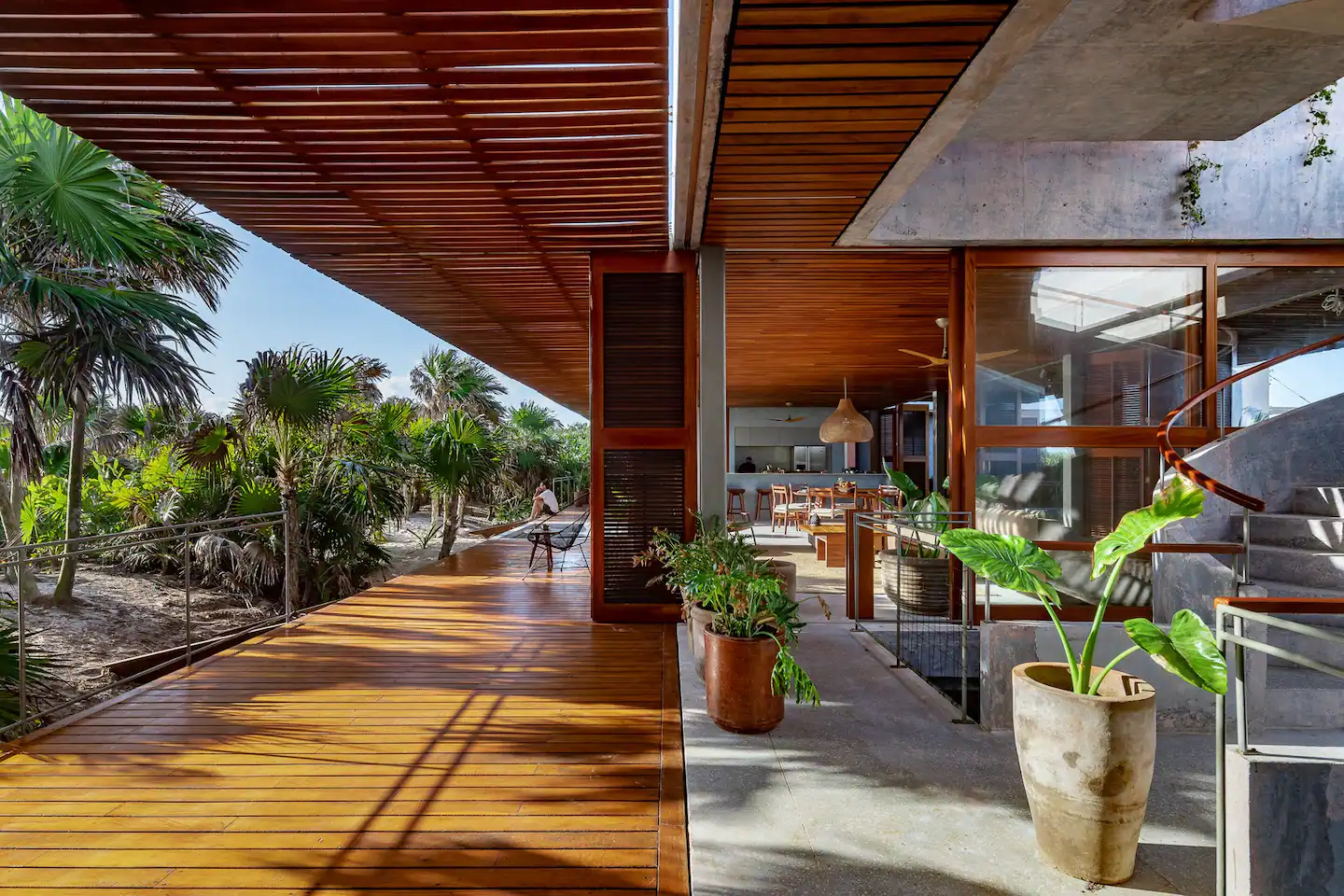
Wolf Worster: Every so often we do polls. For existing Siretti members, there’s still considerable representation from the American market. There’s also a significant presence among members from Eastern Europe – we’re seeing more wealth from Poland, Slovakia, Serbia and Croatia. If there’s any growth, I’d say that’s about the extent of it from the luxury side.
Peter James Robinson: From our audience, it’s not clear if patterns are changing wildly – people seem to still be frequenting the same established regions. That could be as much about the age range of the audience as the need for privacy and security in the recent climate. The interest seems to be in having experiential activities – visiting Burning Man, for example, or sailing with friends, for which they’ll find a base for the week.
In terms of destinations – are we seeing a push into new destinations led from a client standpoint?
Jayne McCaw: I’m lucky to have a very high repeat visit rate from my clientele, and so I’m looking to expand to places where my guests already want to go. Florida for the off-season, Costa Rica – those are the two main areas I’m looking to expand to. As far as other things going on, I think that Americans are going to Europe this summer.
Interestingly, I was just at a B2B trade show in Quebec, and I met a lot of Asian travel professionals who are interested in Canada, but have been put off for the time being as a result of political sentiments. For countries like China, if your government’s not happy with a destination, the people won’t be going there.
Benjamin Norris: You mentioned that Americans are particularly interested in Europe this summer. Have any of the wishlist locations you’ve heard about surprised you? It’s starting to feel that the ‘old guard’ of the major European tourist locations have begun to give way to certain newcomers on the scene, particularly since the pandemic.
Jayne McCaw: Oh, I totally agree. I think Croatia and much of the Balkan region is now ‘happening’ – but I can tell you that the audience being pulled there aren’t renting a villa or a cottage for the second or third year in a row. They’re seeking completely different types of stays and different experiences altogether. However, this sector of my clientele still wants me to vet out these locations, and they still want all the comforts and the same high level of service. For example, they might want to visit Florida in the off season, but they don’t want to feel like they’re staying in an AirBnB – they want to feel like they have a home there.
Wolf Worster: Regarding new destinations, it’s abundantly clear that Italy is the point of discussion for this summer.
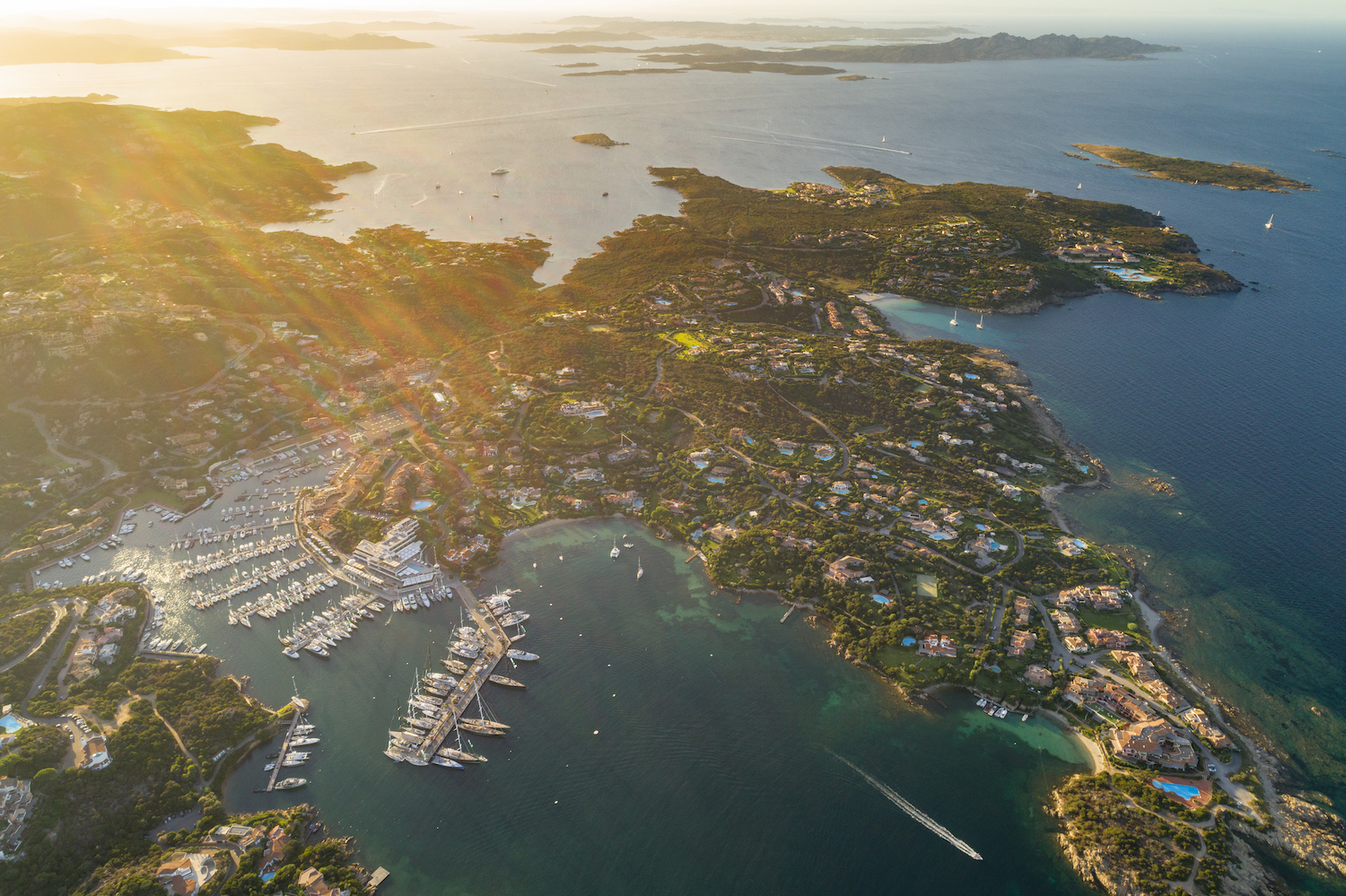
Jayne McCaw: I’m also hearing a lot at the moment about Casablanca and Marrakech.
Susan Doull: It’s the cities that have just been flooded this summer in Italy, more so than the rural areas. It’s about culture, exposure to the culture of cities like Rome.
Roberto Pinto: As far as Mexico is concerned, it’s all about Cabo San Lucas, which has always been a strong destination as a result of the infrastructure and the influence from the US. The coastal region of Oaxaca – where tourists can see the beautiful architecture and other cultural gems – has started to provide amazing villas. Right now, I’m expanding there because my clients are asking specifically for it.
Peter James Robinson: Expansion into new locations is always going to be led by the client. There’s a tipping point when it comes to requests; sooner or later you’re going to have to start granting them. Going back to Italy being oversubscribed; is this the White Lotus effect? The Netflix show covered the San Domenico palace, which is now booked out for the rest of the year. I wonder how much effect there is from TV, traditional media and social media coaxing tourists down the marketing path to new destinations, or is it just that the Italian tourist boards are being particularly efficient this season?
Susan Doull: The tourist boards can have a really potent effect. France, in general, has better tourist boards than Italy, so I imagine the Italian boom is being mainly led by other media. For a couple of years, Umbria was being hugely promoted, and as a result it was packed. The powers that be were satisfied, so stopped promoting the region. Ever since, it’s been much harder to sell Umbria, despite it having beautiful properties and everything Tuscany has to offer.
When I used to have a hotel in France, I worked closely with the tourist bureau. They were hugely impressive and have consistently been the number one tourist destination in the world as a result. They lost out to Spain for a few years when the Spanish tourist board started investing heavily into their promotional material; the investment really does pay off, and we see it year on year. However, we’ve also seen consistently how new media, TV, movies, and even books can make a huge difference to how a destination is perceived.
Benjamin Norris: It’s now impossible to separate the traditional media from the power and reach of Instagram.
Peter James Robinson: Do you find a considerable push in interest and bookings from regional or national tourist boards as a direct result of their campaigns or direct funding efforts? And do you engage with the tourist boards – do they do any outreach?
Roberto Pinto: Yes, but there are other – often totally unexpected – influences at play. During Covid, Tulum was the only destination in Mexico that was open. That led to the prices increasing, as all the rest of the world was closed. We were all running for the business and working around the clock as a result. Now, Tulum is not as attractive as it was during the previous two years. Is that because the world is open again? Because the marketing and promotion for Mexico is focused elsewhere for now? Or is it because there’s now so much construction as a result of that peak in popularity?
Peter James Robinson: There are also tax standpoints and citizenship to bear in mind from our demographic’s point of view. Much of our readership will look at investing in or travelling to certain countries or regions, not just because of culture, climate or beautiful vistas, but for the financial and socioeconomic advantages inherent in doing so.
Roberto Pinto: The economy certainly plays a part. Right now the Mexican Peso is really strong – for the Americans, it’s more expensive right now to come to Mexico. This drives tourism to other destinations, and I’ve seen my clientele in Mykonos, Spain and elsewhere in Europe. Interestingly, for Mexicans right now, it’s more affordable than ever to travel to Japan, a country which was previously much more expensive to visit. The world, in this respect, is changing a lot.


